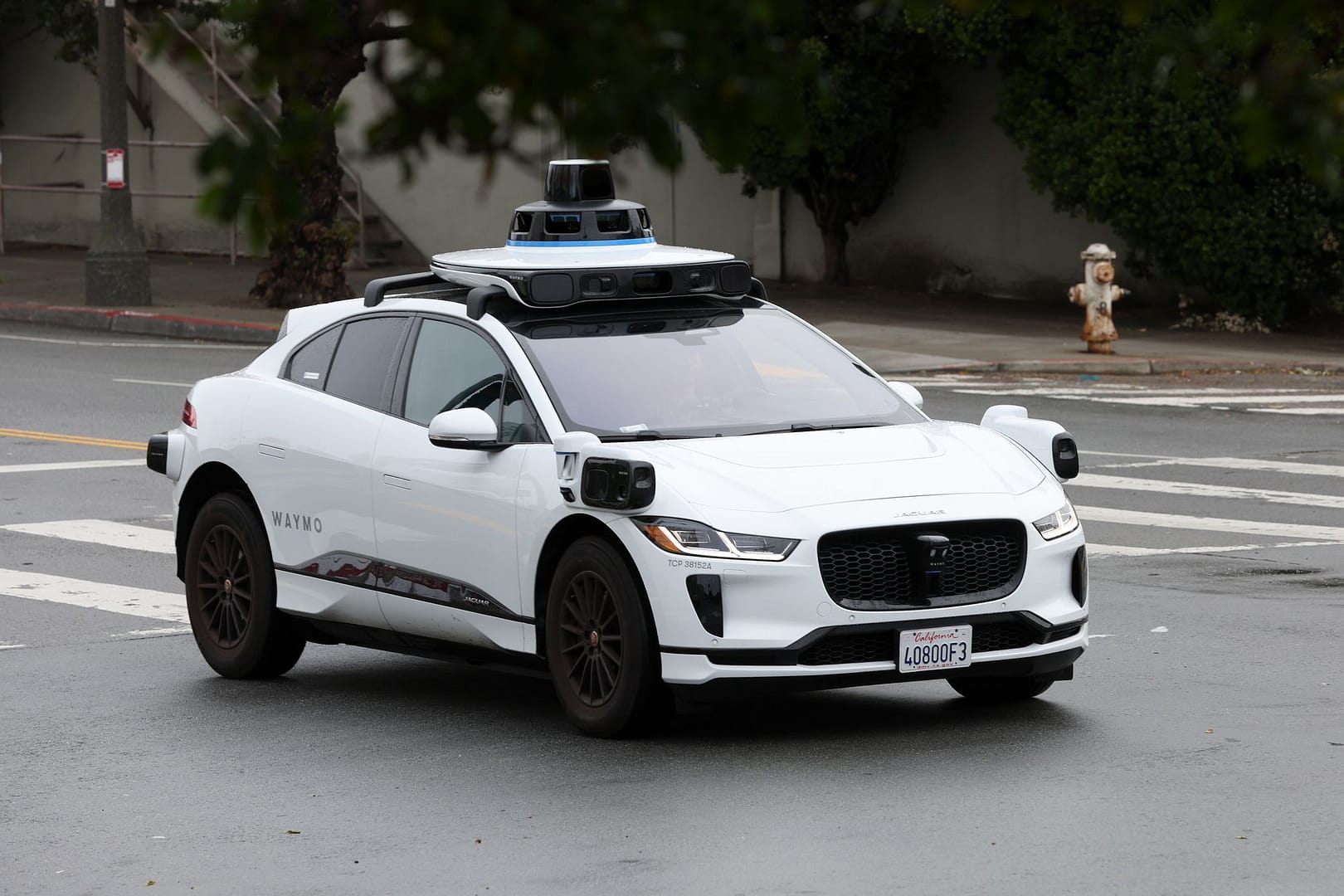On Friday, Waymo got the green light from the California Public Utilities Commission (CPUC) to roll out their commercial robotaxi service in Los Angeles, the San Francisco Peninsula, and on San Francisco freeways. This approval means Waymo can now officially charge for rides in these expanded areas, marking a significant milestone.
This development not only broadens Waymo’s operational territory in one of the largest U.S. cities but also provides access to a route leading to San Francisco International Airport, located to the south of the city.
Since receiving the CPUC’s approval in August, Waymo has been running its commercial service non-stop in San Francisco. The company has also been offering free driverless rides in parts of Los Angeles, but until this recent approval, they were unable to charge for these services in Los Angeles.
A bit of backstory: Last month, the CPUC’s Consumer Protection and Enforcement Division paused Waymo’s application to expand its robotaxi service in Los Angeles and San Mateo counties. This suspension, lasting up to 120 days, was aimed at allowing additional time for review.
The CPUC received 81 responses and five protests during this period. Notably, protests came from various entities, including the city of South San Francisco, the county of San Mateo, the Los Angeles Department of Transportation, the San Francisco County Transportation Authority, and the San Francisco Taxi Workers Alliance.

Having initiated a community tour in Los Angeles in October, Waymo eagerly awaited this final approval while wrapping up their last neighborhood stop.
The CPUC decision swiftly followed Waymo co-CEO Tekedra Mawakana’s discussion about the company’s future and the broader autonomous vehicle industry at StrictlyVC LA. Mawakana highlighted the positive reception of Waymo robotaxis in the city, with over 15,000 people utilizing the service. Trip data revealed that customers frequently used the service for everyday errands, indicating strong commercial potential in Los Angeles.
Mawakana expressed excitement about seeing around 2,000 trips catering to basic errands, emphasizing that using Waymo for such activities had become a part of people’s daily lives. Additionally, she noted 2,000 trips to restaurants and bars, along with 300 trips to schools and colleges, showcasing the integration of the service into various aspects of users’ lives.
Highlighting the demand, Mawakana mentioned that 50,000 people had already joined the waitlist to use Waymo’s service in Los Angeles.
Regarding the potential implementation of charges, Mawakana suggested that Waymo wouldn’t immediately start charging for rides in Los Angeles, even if approval was granted (which indeed happened a day later). She explained their approach, mentioning the expansion of the service before initiating charges. This strategy allows people to experience the service for an initial period without payment. Mawakana discussed the eventual transition to charging, emphasizing the importance of understanding how many individuals have genuinely integrated Waymo into their daily routines and determining acceptable price points.
